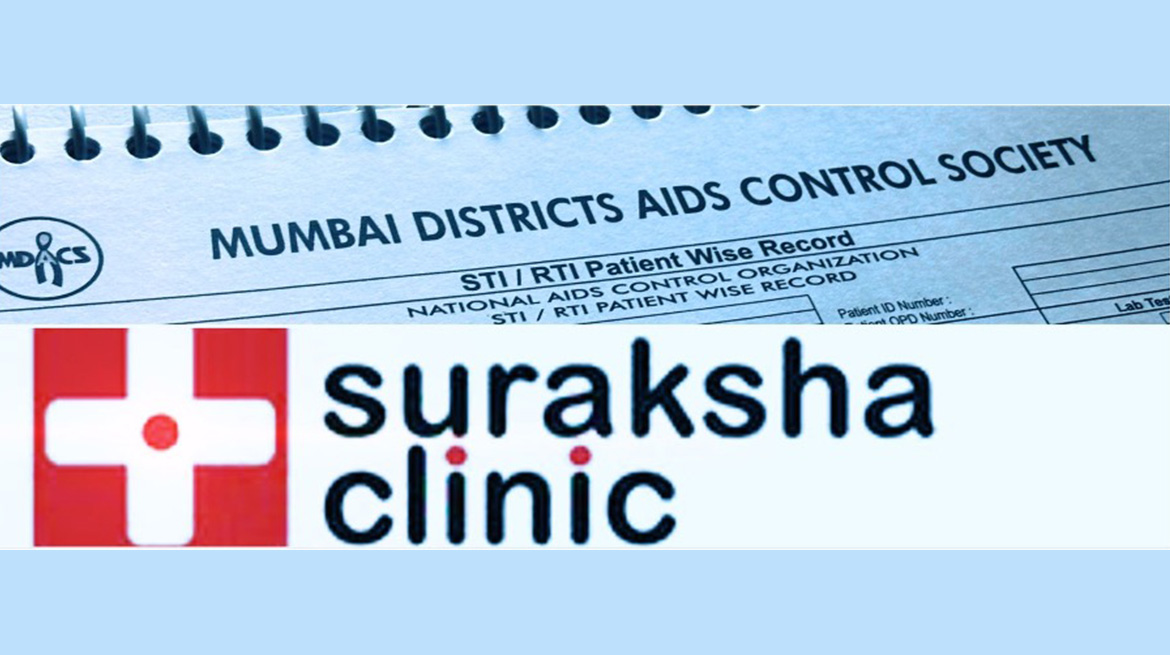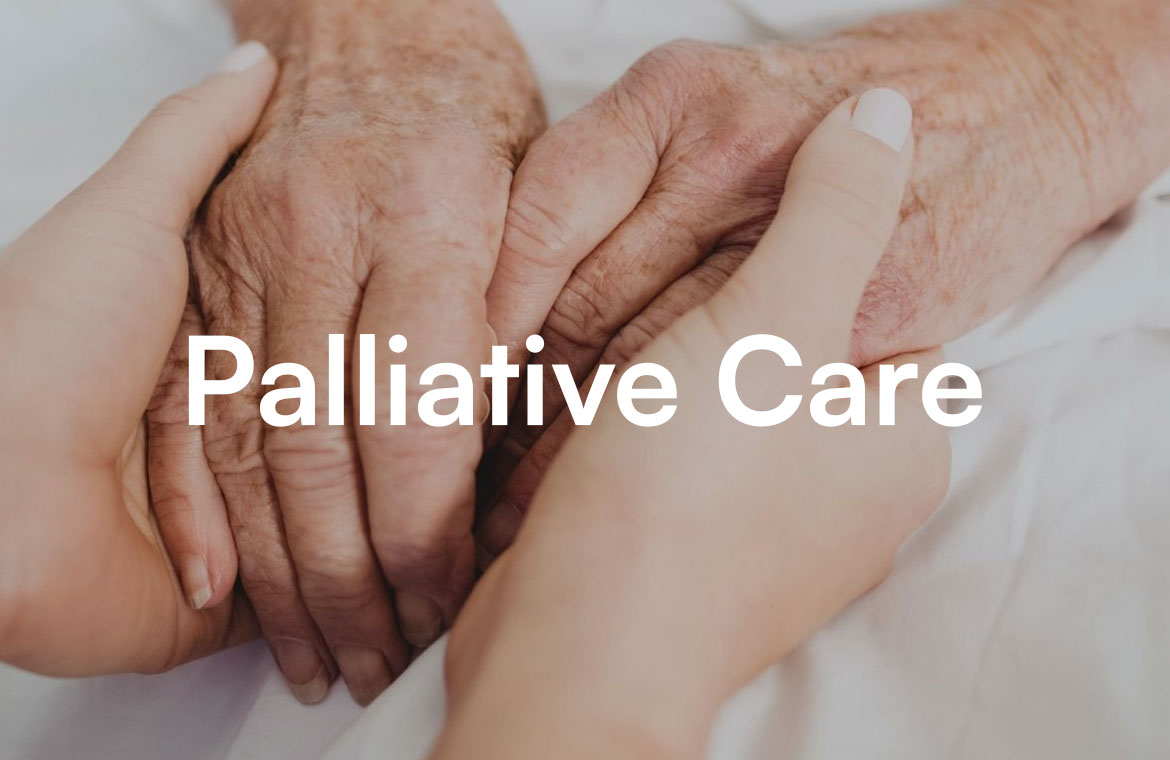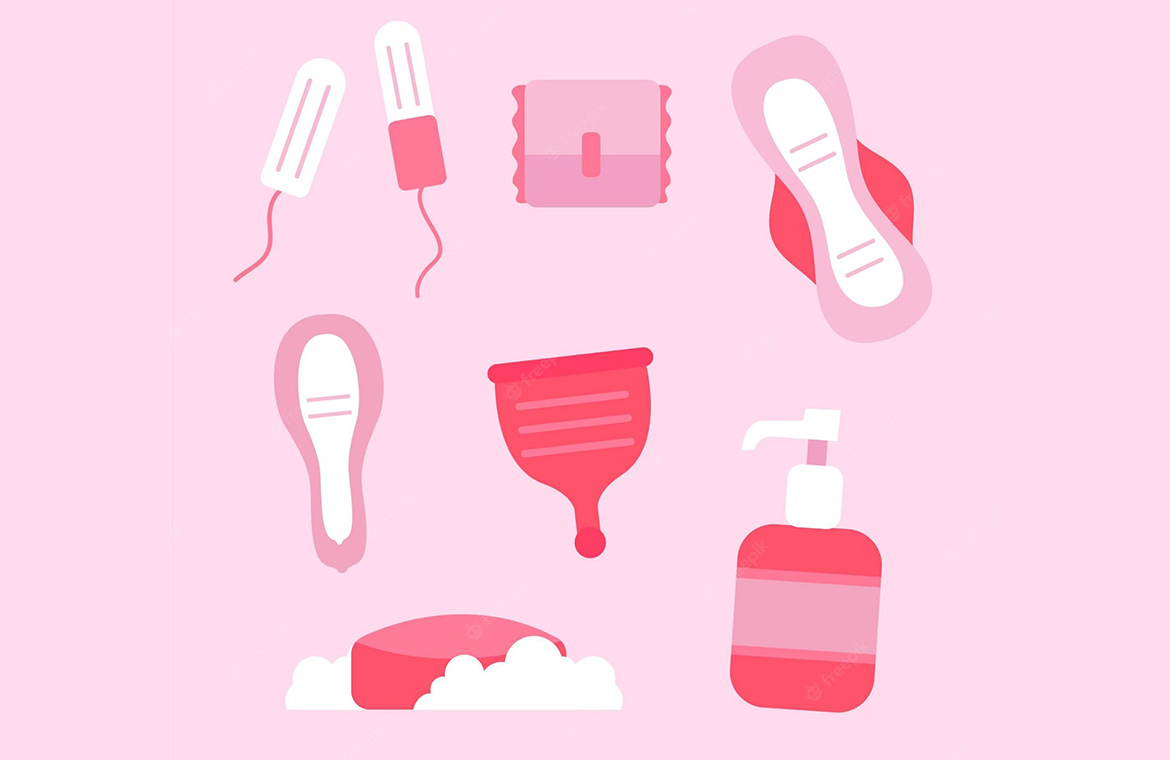During my posting at the Urban Health Training Centre (UHTC) of my tertiary care institute, I rotated through various outpatient departments (OPDs). One of the most eye-opening experiences was my time in the Sexually Transmitted Infections (STI) Clinic and the Antiretroviral Therapy (ART) Clinic, where I managed patients presenting with sexually transmitted diseases (STDs) and HIV-positive individuals on ART.
A New Perspective on STI Clinics
STI clinics were an unexplored area for me. Until now, I had never dealt with such patients, taken their medical history, performed examinations, or provided them with syndromic management kits. Post-MBBS, during my rural bond, I never encountered patients from high-risk groups such as female sex workers (FSW), men who have sex with men (MSM), and transgender individuals (TG)—populations that are at significantly higher risk of contracting STIs.
Medical education, especially competitive exams, often focuses on theoretical knowledge rather than practical exposure. I had read about these diseases, but witnessing and managing them firsthand was an entirely different experience. Treating STI/RTI (reproductive tract infections) patients daily for a month gave me insight into the harsh realities faced by marginalized communities. These struggles go beyond just low socioeconomic status—they include poor quality of life, lack of sanitation, inadequate self-care, unawareness of STI symptoms, and limited knowledge about safe sex and contraception.
The Reality of Women’s Health and Hygiene
It’s easy to talk about female empowerment when we see women excelling in various fields, sometimes even outperforming men. But what about the women who are still so underprivileged that they don’t even know about sanitary pads? While some are making great strides, others continue to use cloth during their periods, unaware of even basic sanitation and hygiene practices.
Many married couples assume that condoms are only for preventing pregnancy, completely unaware of their role in preventing STIs. Often, when a woman presents with symptoms of an STI, she has no idea whether her husband has any symptoms because there is no open conversation between them.
One case that particularly struck me was that of a woman who claimed she was no longer in a sexual relationship with her husband, as he had taken a second wife and lived exclusively with her. She was left alone, with no communication from her husband, yet she was still legally married to him. Who ensures that he doesn’t transmit an infection from his second wife to his first? Counselling such individuals about condom use, sexual health awareness, and their rights remains a challenge.
Breaking the Stigma: Safe Sex and Healthcare for High-Risk Groups
Society is often quick to judge people with multiple sexual partners, but why aren’t we focusing on counselling them about safe sex and the correct use of condoms? FSWs and MSM individuals are at extremely high risk of contracting STIs, yet they rarely visit hospitals for treatment. Why? Because healthcare settings often fail to provide them with a non-judgmental environment where they feel comfortable seeking care.
Even in 2025, discussing safe sex and personal hygiene remains taboo. We struggle to reach high-risk groups and fail to provide them with the acceptance and dignity they deserve in healthcare settings.
Are We Part of the Problem?
How often have you judged a transgender person or felt uncomfortable around them? How often have you distanced yourself from a homosexual individual or looked down upon a female sex worker because of their profession?
If you think you don’t want to see these people in your OPD because of your personal moral or cultural beliefs, then you are part of the problem. Refusing to accept them as part of society only pushes them further away from accessing proper healthcare.
As healthcare providers, it is our duty to ensure equitable healthcare access for everyone, regardless of their gender identity, sexual orientation, or profession. Judgment should have no place in medicine. Instead, we must focus on creating an inclusive, stigma-free environment where everyone feels safe, respected, and empowered to seek medical care.
It’s time we shift our focus from stigma to solutions. Only then can we truly bridge the gap in healthcare access and make a meaningful impact.





Very well put reflections from day to day experience!🙌